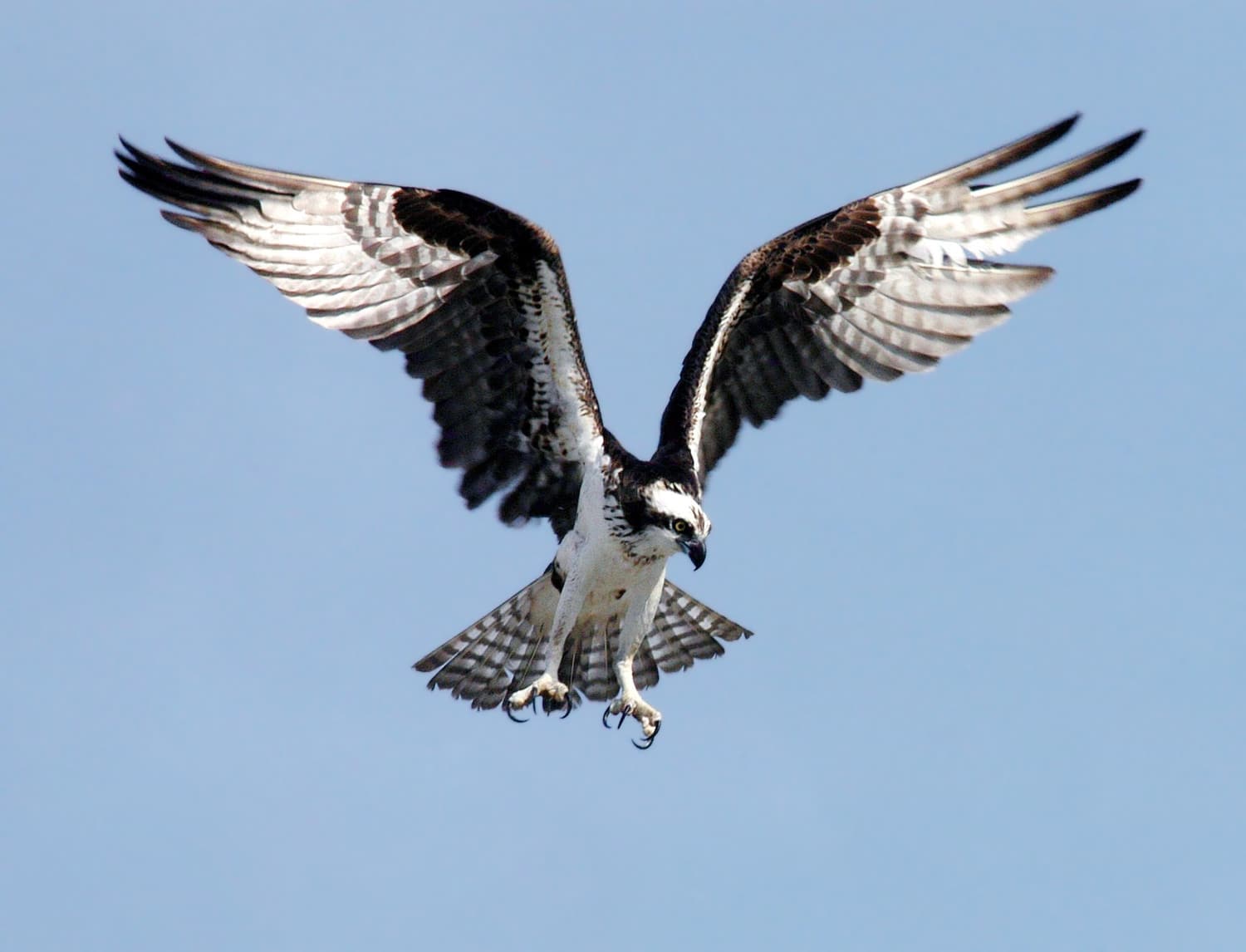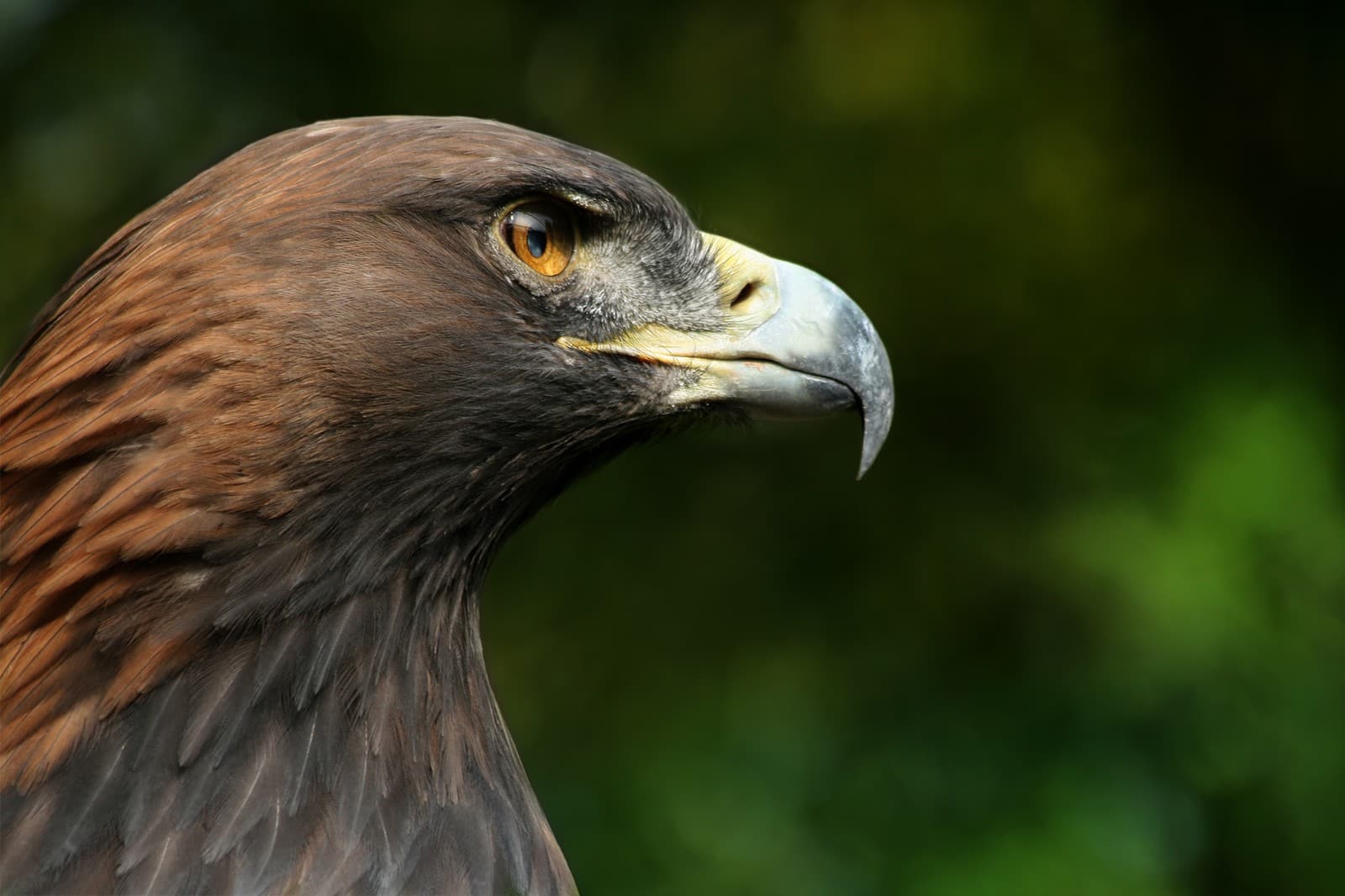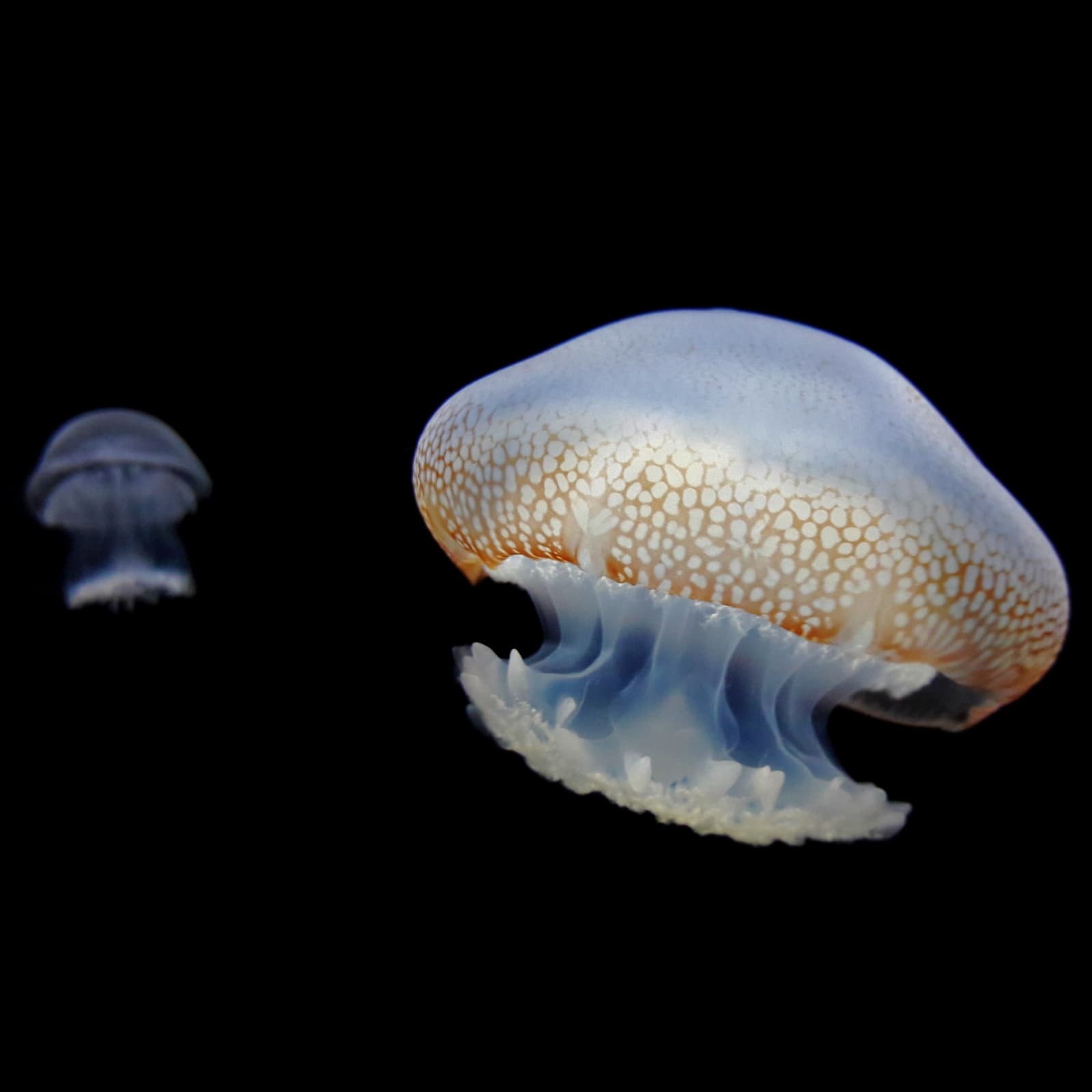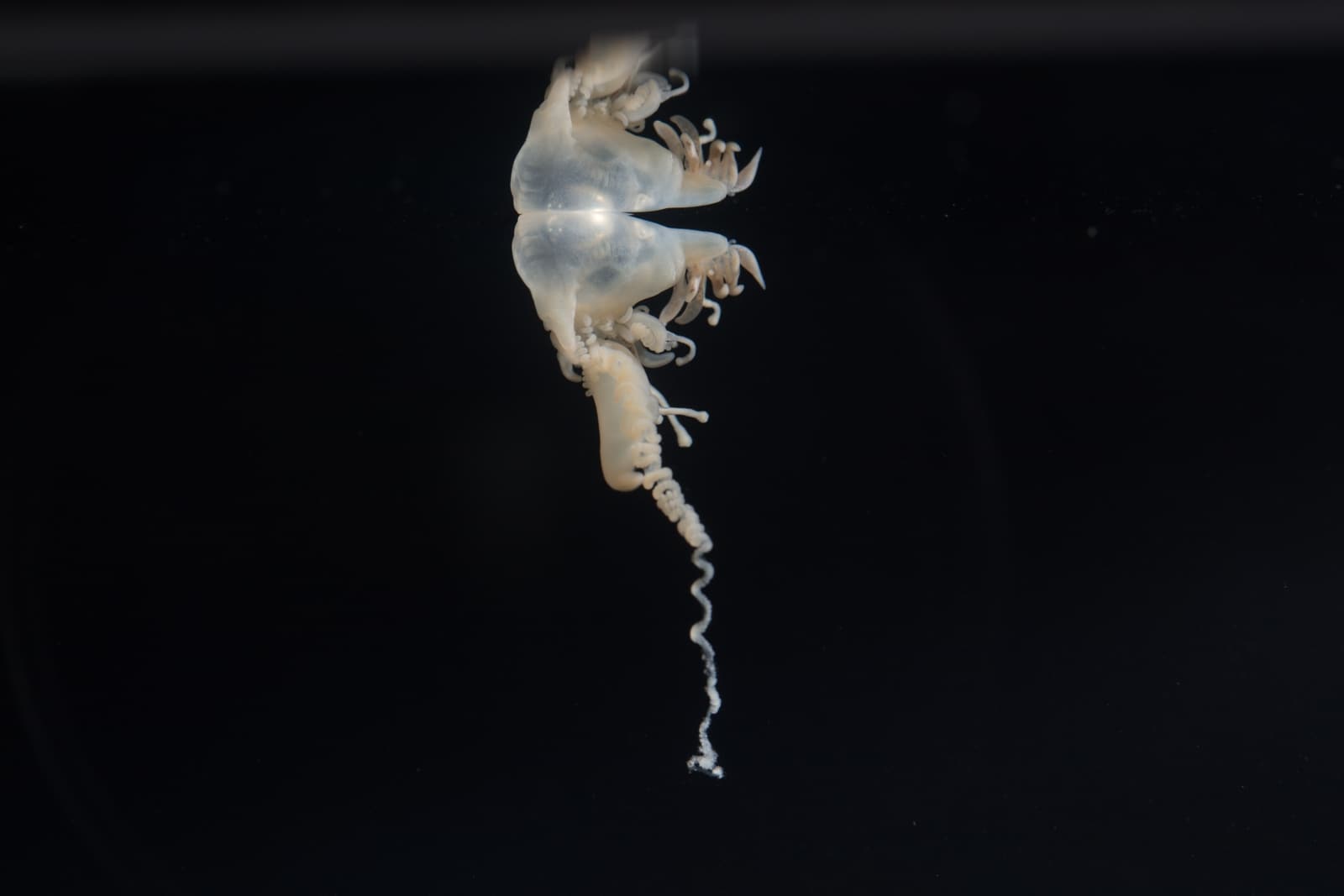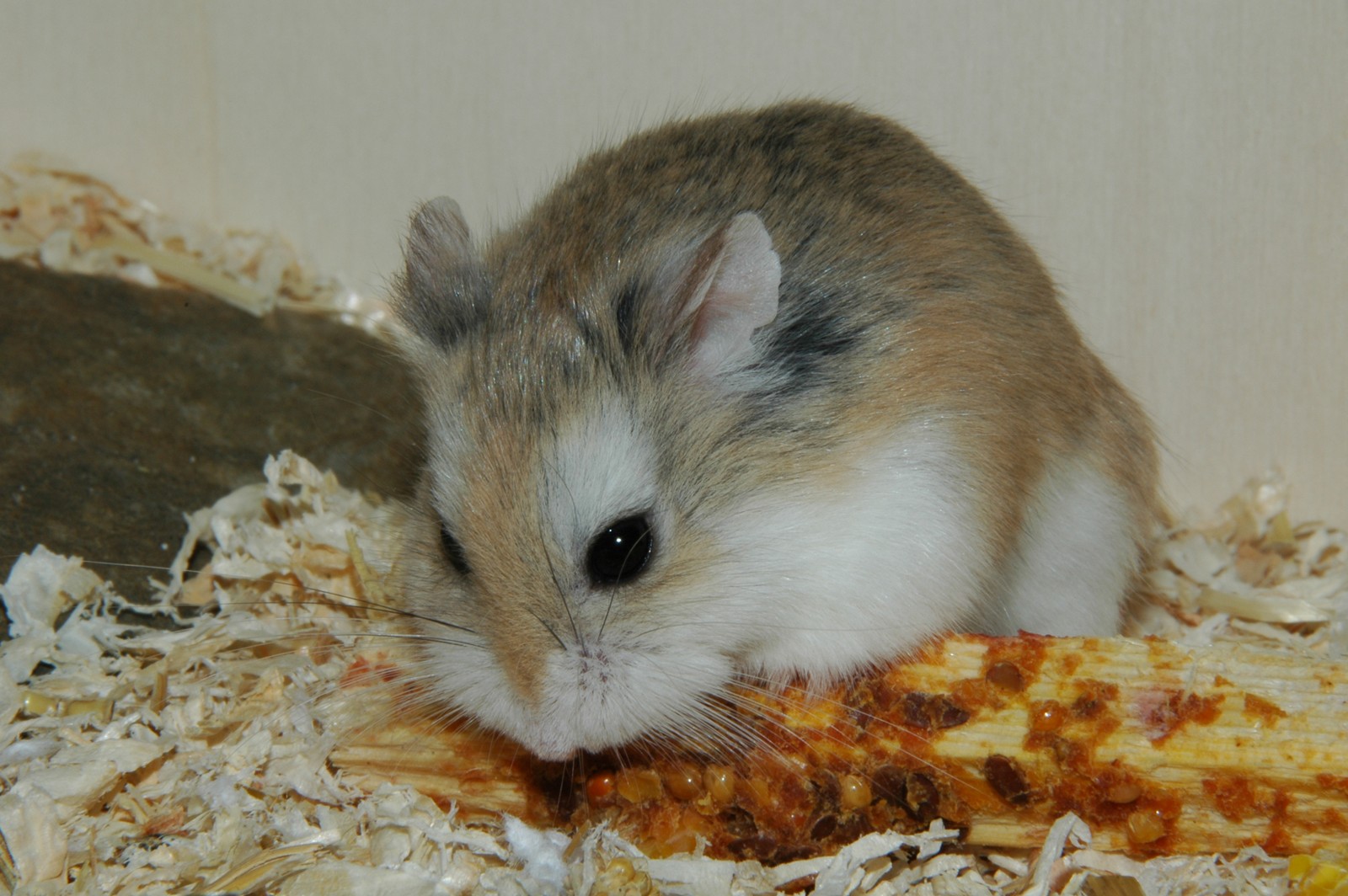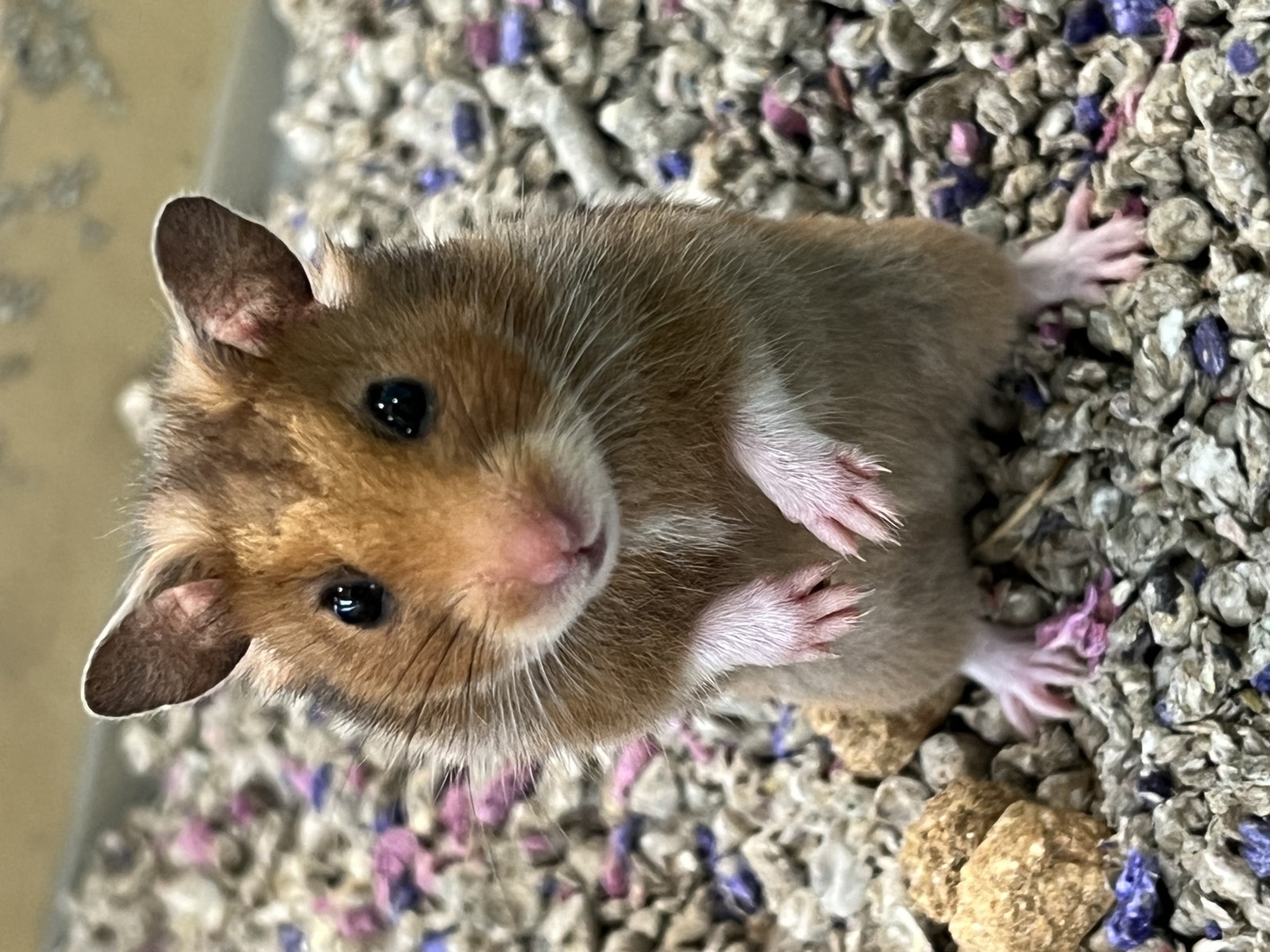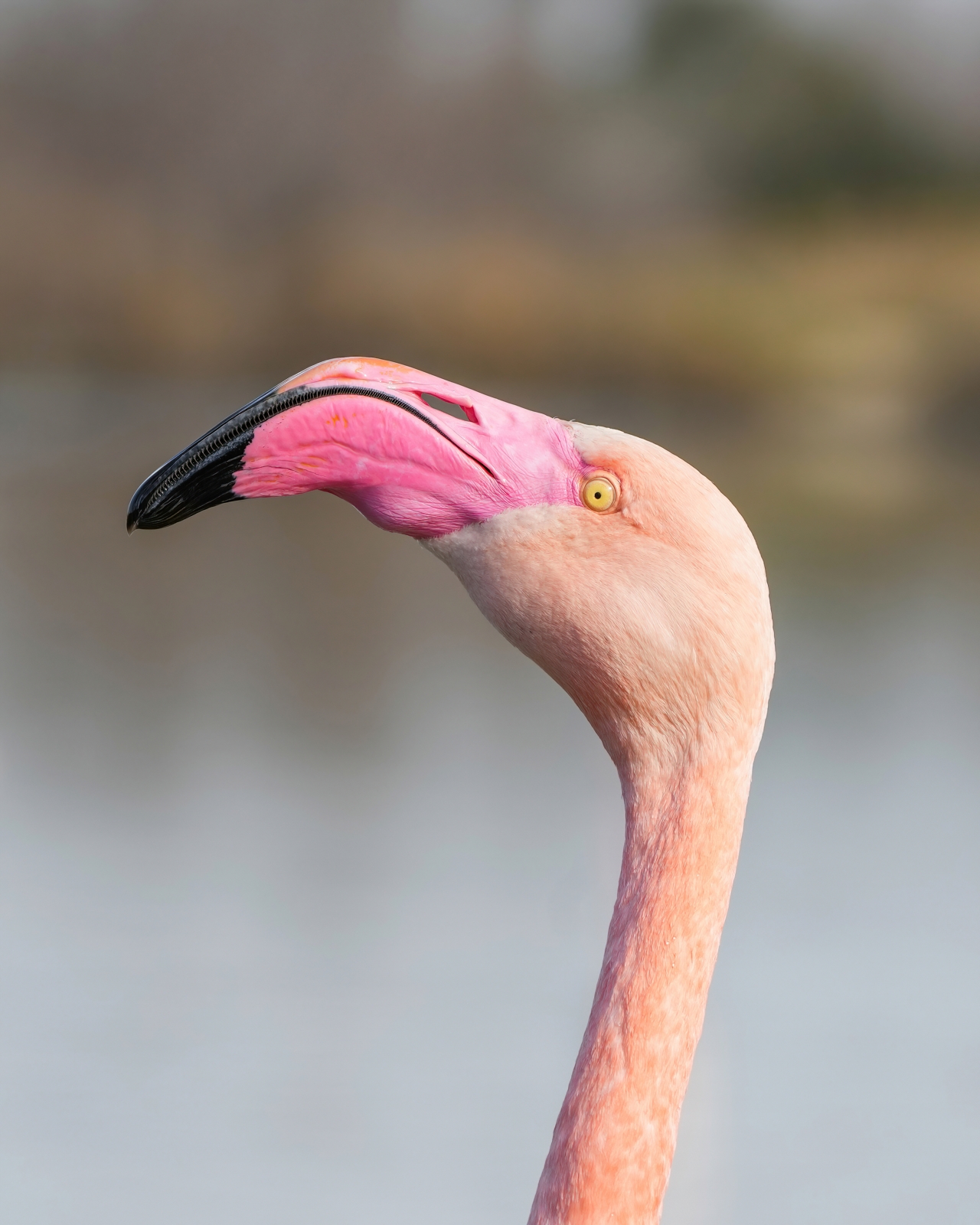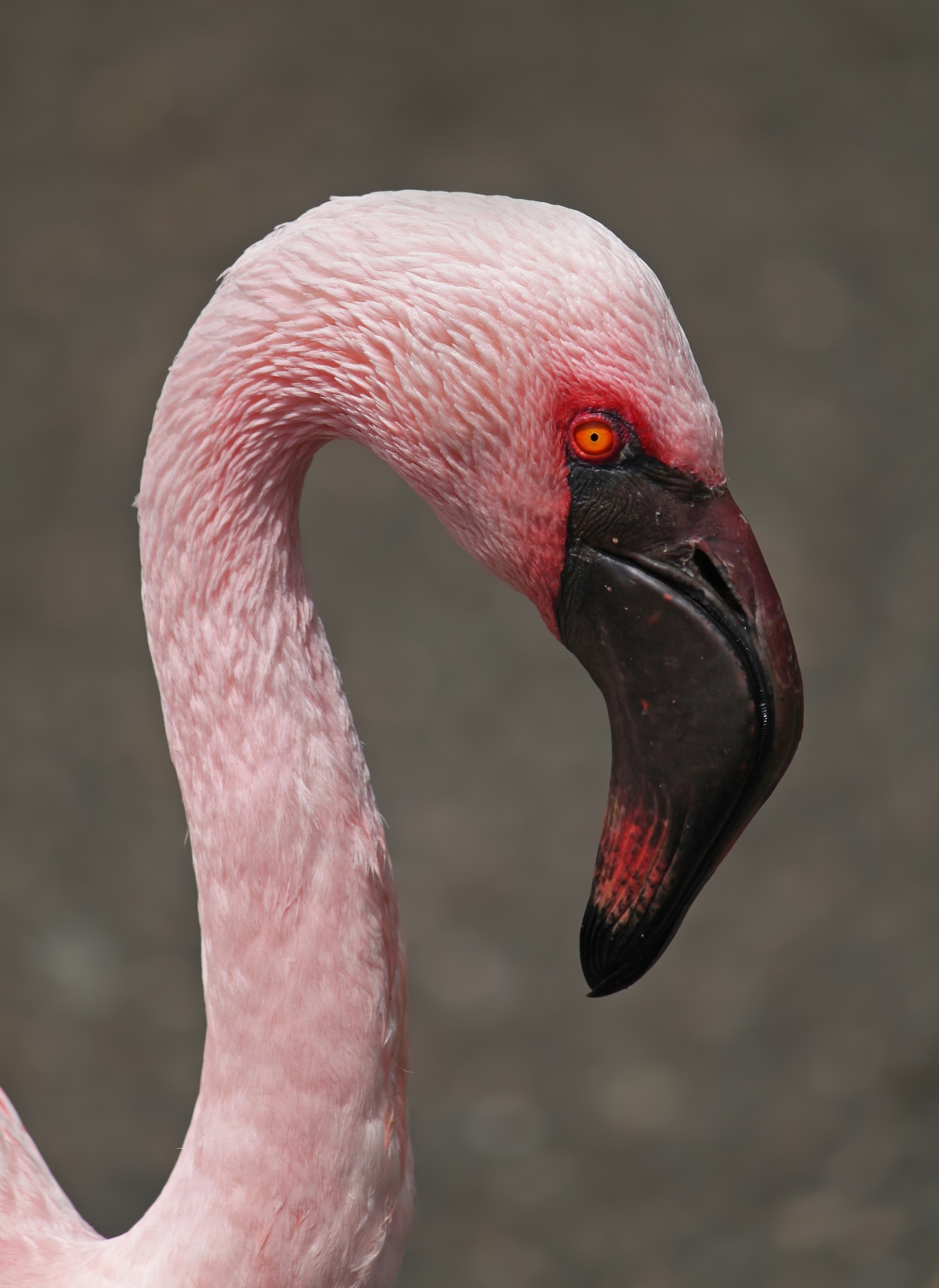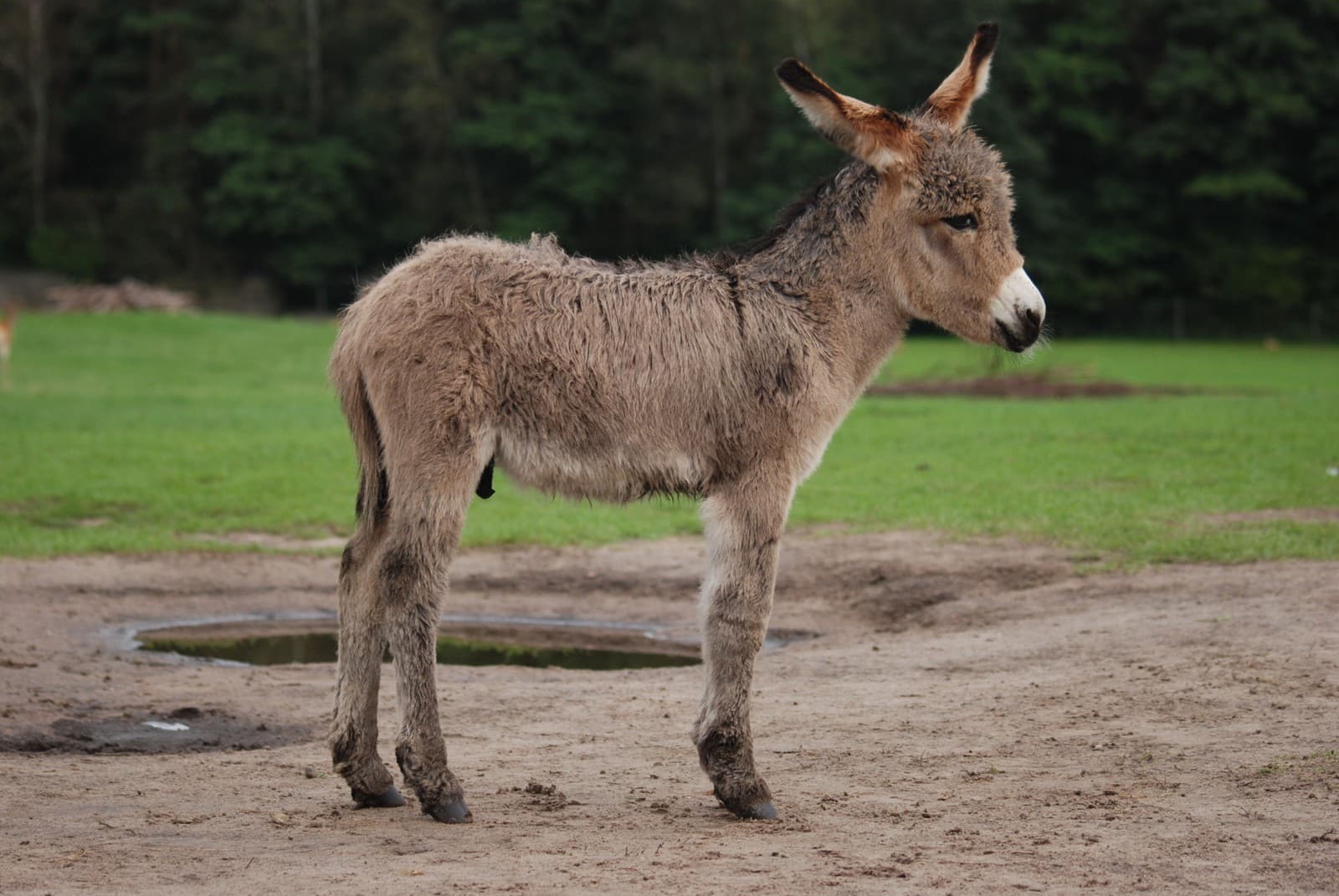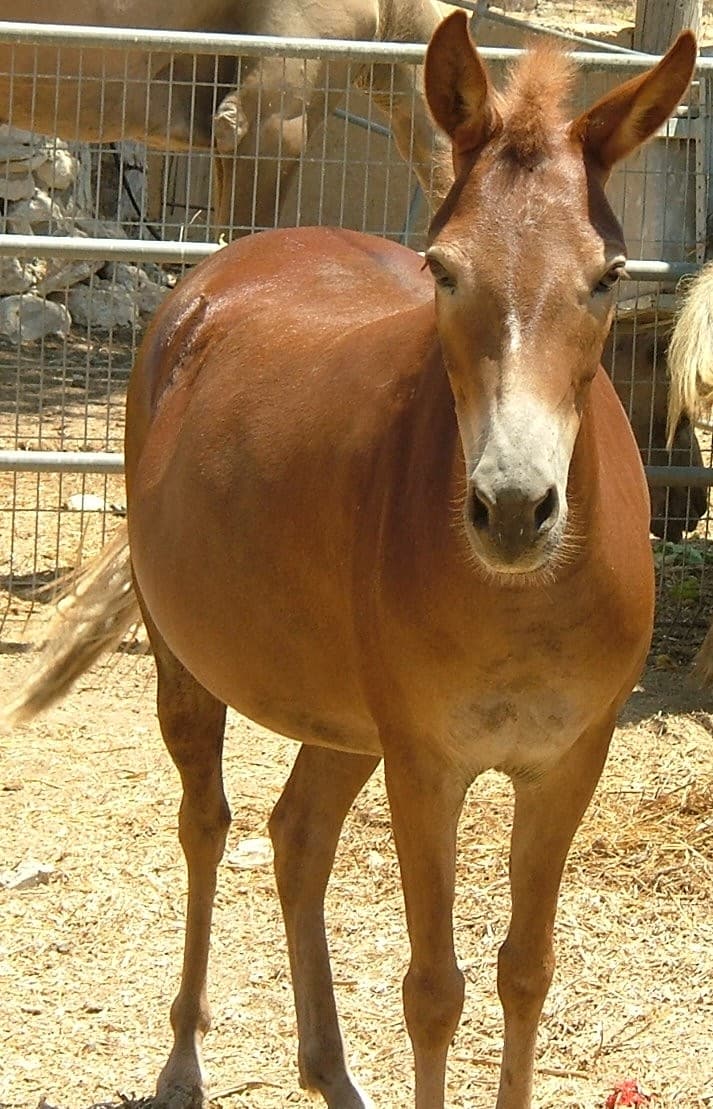Pigeon vs Dove: A Complete Comparison
The distinction between pigeons and doves is more complex than most people realize – they’re actually members of the same family, Columbidae, comprising over 300 species worldwide. While the terms are often used interchangeably, several key differences help distinguish between what we commonly call pigeons and doves. Generally, pigeons tend to be larger, weighing 9-13 ounces (255-369 grams), while doves are typically smaller, averaging 3-6 ounces (85-170 grams).
In the wild, these remarkable birds have evolved distinct characteristics that reflect their adapted lifestyles. Pigeons have developed stouter bodies and more robust beaks for foraging, while doves typically display more slender builds and delicate features. This fascinating pigeon vs dove comparison reveals how these closely related birds have diverged through evolution to fill different ecological niches.
Visual Comparison
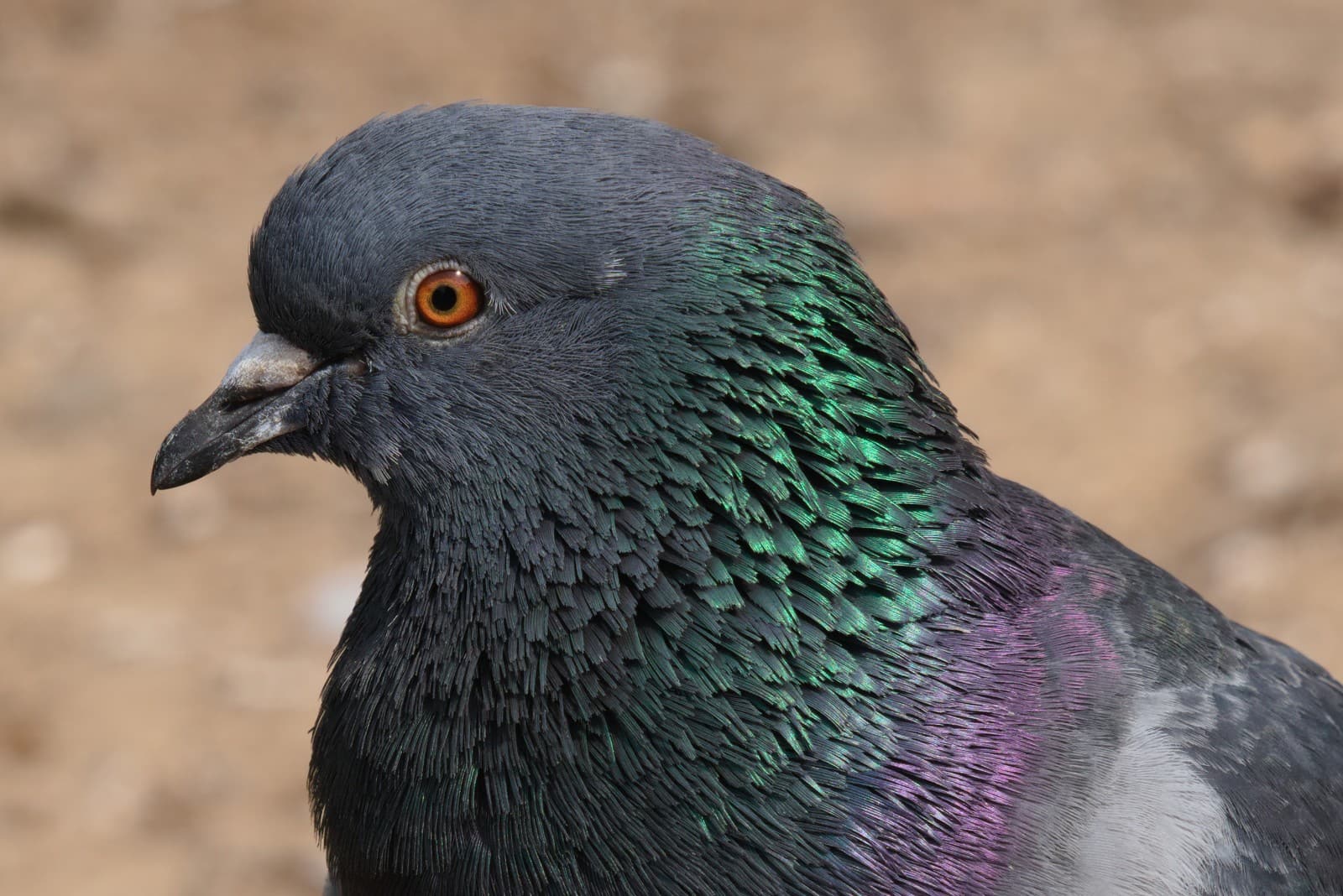
© Satdeep Gill / CC BY-SA 4.0
The Rock Pigeon displays the classic characteristics that define most urban pigeon species: robust build, iridescent neck feathers, and strong beak adapted for varied diets. These features make pigeons highly successful in urban environments.
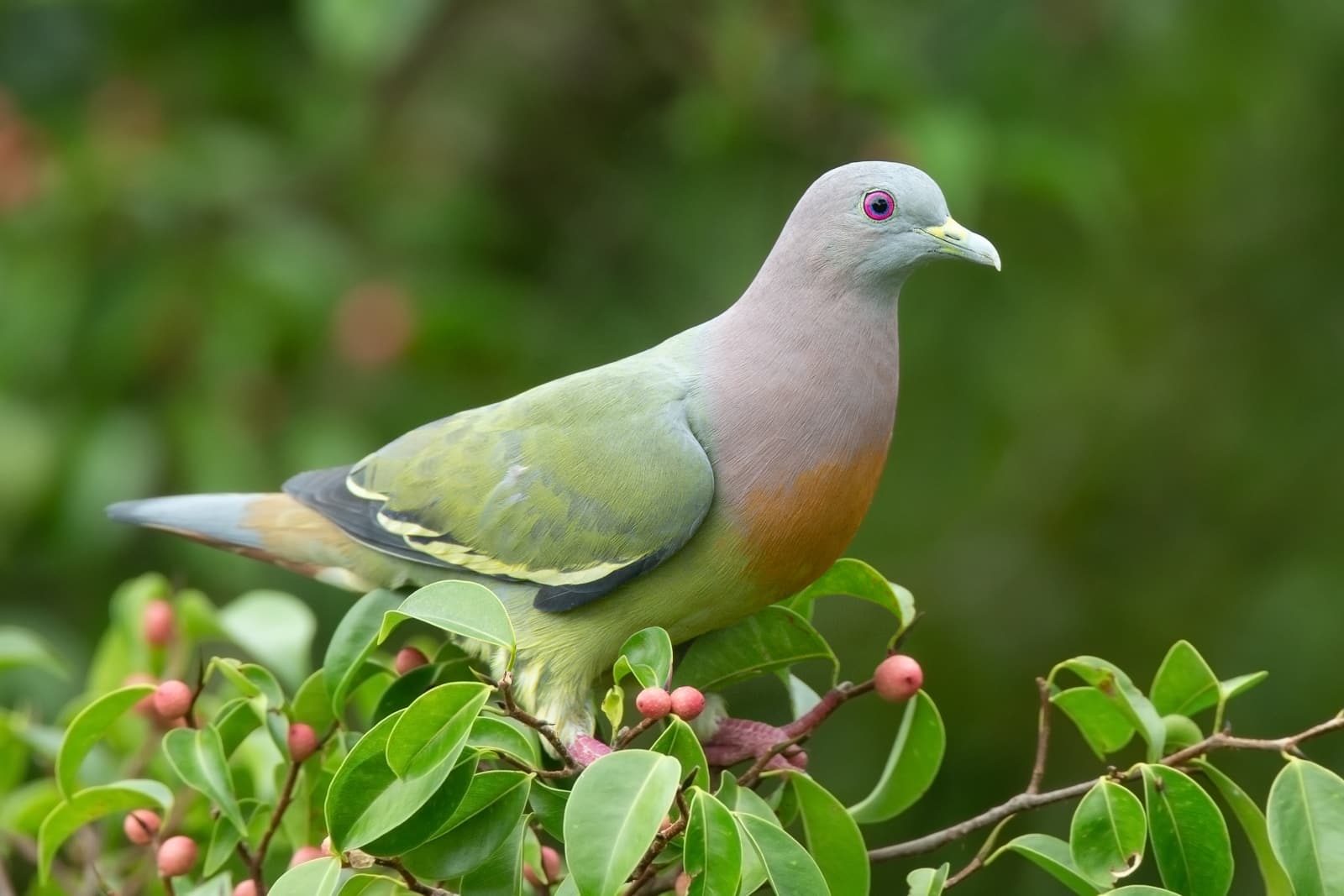
© JJ Harrison (https://tiny.jjharrison.com.au/t/3rUZckpXLJTJuAko) / CC BY-SA 4.0
The Pink-necked Green Pigeon, despite its name, exemplifies typical dove characteristics: smaller size, more delicate features, and subtle coloration adapted for woodland camouflage.
Key Differences: Pigeon vs Dove
| Feature | Pigeon | Dove |
|---|---|---|
| Size | Larger: 11-15 inches (28-38 cm) | Smaller: 6-13 inches (15-33 cm) |
| Weight | 9-13 oz (255-369 g) | 3-6 oz (85-170 g) |
| Beak Structure | Thicker, more robust | Slender, more delicate |
| Typical Habitat | Urban environments, cliffs | Woodland, forest edges |
| Flock Behavior | Large groups common | Usually pairs or small groups |
| Flight Pattern | Strong, direct flight | Swift, agile with quick directional changes |
Habitat and Distribution
Pigeons have adapted remarkably well to urban environments, with the Rock Pigeon (Columba livia) found in cities worldwide. These birds naturally inhabit coastal cliffs and rocky areas but have successfully colonized human-made structures. Doves, conversely, tend to prefer more natural settings, from woodland edges to desert oases, depending on the species.
Behavioral Differences
Social Structure
Pigeons typically form larger flocks, sometimes numbering hundreds in urban areas. They demonstrate complex social hierarchies and communal feeding behaviors. Doves are generally more solitary, often seen alone or in pairs, particularly during breeding season.
Feeding Habits
While both groups are primarily seed eaters, pigeons have adapted to a more varied diet, especially in urban environments. They can digest a wider range of foods, including human food scraps. Doves maintain a more specialized diet of seeds, fruits, and occasionally small insects.
Intelligence and Adaptability
Recent studies have revealed remarkable cognitive abilities in both groups. Pigeons can:
- Recognize human faces
- Navigate using magnetic fields
- Understand abstract concepts
- Process time and space similar to humans
Doves demonstrate different but equally impressive abilities:
- Complex territorial awareness
- Sophisticated mate selection
- Advanced parental care strategies
- Precise navigation abilities
Conservation Status
While many pigeon and dove species face challenges from habitat loss and hunting, their conservation status varies significantly:
- Urban pigeons: Generally abundant
- Wild pigeon species: Some threatened
- Dove species: Several critically endangered
- Extinct species: Multiple historical examples
Common Misconceptions
One persistent myth suggests that doves are white while pigeons are gray. In reality, both groups display wide color variations. The white doves commonly released at ceremonies are actually white pigeons – specifically, white Rock Pigeon variants.
Conclusion
The pigeon vs dove comparison reveals subtle yet significant differences between these closely related birds. While they share a common ancestry, their evolutionary paths have led to distinct adaptations in size, behavior, and habitat preference. Understanding these differences enhances our appreciation for these remarkable birds and their roles in various ecosystems.
